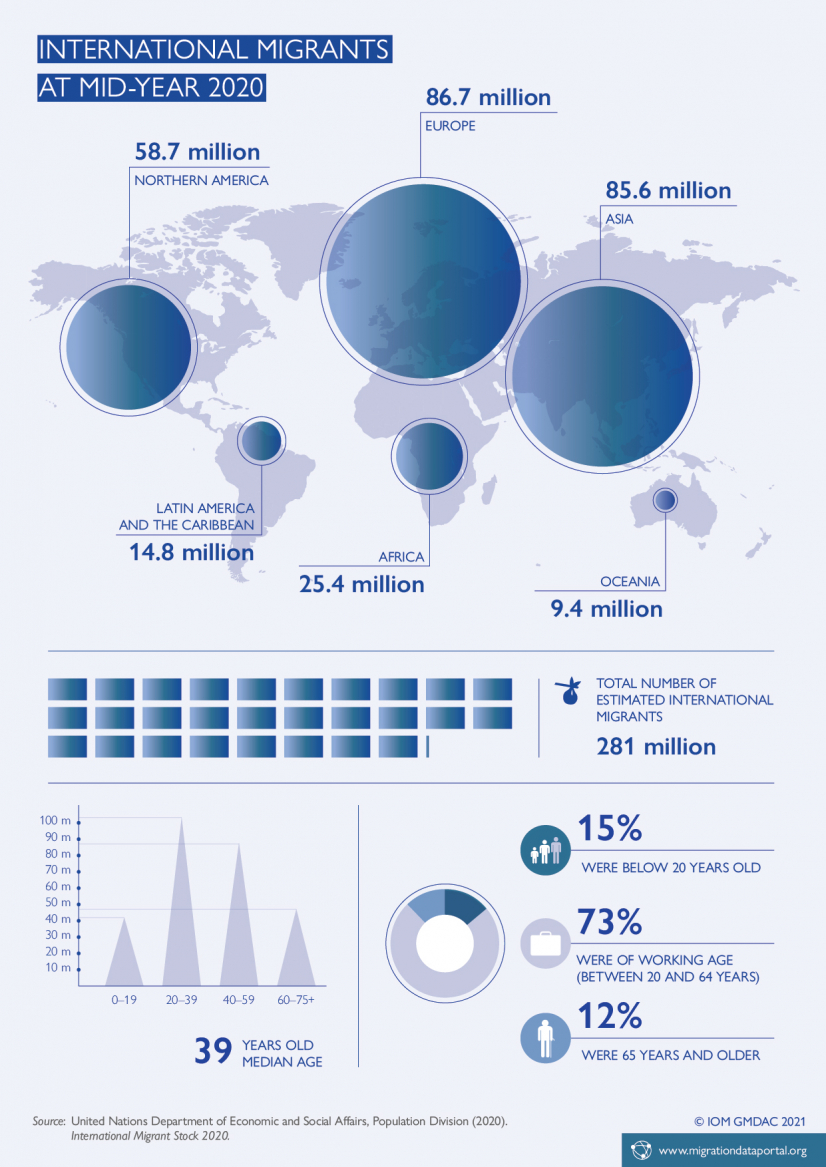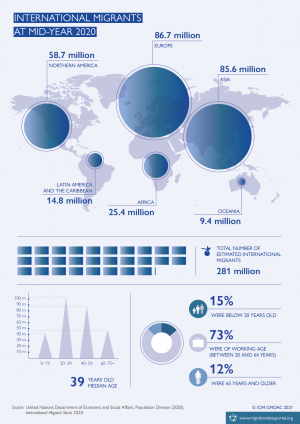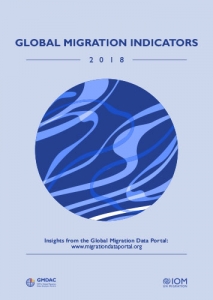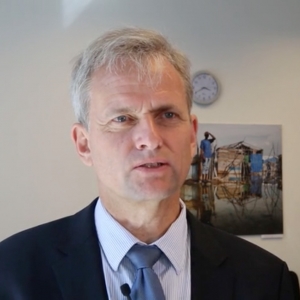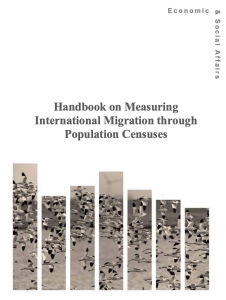Key trends (2000 - 2020)
According to the UN, the estimated number of international migrants worldwide increased in the twenty years between 2000 and 2020, reaching 281 million in 2020. This figure is up from 248 million in 2015, 220 million in 2010, 191 million in 2005 and 173 million in 2000. In the past two decades, the international migrant stock grew annually by an average of 2.4 per cent. The growth rate increased to 2.5 per cent during the period 2015-2020 from 2.3 per cent between 2010 and 2015. Despite the increase in absolute numbers, the share of international migrants in proportion to the world’s population has remained relatively stable between 1990 and 2020 at around 2.8 to 3.6 per cent. However, due to COVID-19, early estimates with an assumption of zero-growth between 1 March and 1 July 2020 suggest a decrease of nearly 2 million international migrants globally than initially expected between mid-2019 and mid-2020 (UN DESA, 2020b). See our thematic page on COVID-19 and migration data for more information.
Back to top
Definition
An international migrant is defined as “any person who changes his or her country of usual residence” (UN DESA, 1998). Stocks are defined as “the total number of international migrants present in a given country at a particular point in time” (UN SD, 2017: 9).
Back to top
Data sources & measurement
Various sources collect and disseminate migrant stock data at the national and international levels.
National statistical offices collect data on migrant stocks through censuses, population registries or administrative sources. The UN Statistics Division (UNSD) is mandated to collect official migration statistics, including on migrant stocks, from countries through the Demographic Yearbook data collection system. The Statistical Office of the European Union (Eurostat) has a similar task for EU Member States. Some governments also report stock data to other international organizations such as the Organization for Economic Cooperation and Development (OECD). UN DESA provides global estimates of international migrant stocks based on national statistics on country of birth, and where data on the foreign-born were not collected in national censuses, based on country of citizenship (UN DESA 2020a: 5; UN SD, 2017). These global data are also disaggregated by sex and age.
The World Development Indicators database by the World Bank also contains datasets on total international migrant stock and international migrant stock as a percentage of the total population among other global development datasets, which are retrieved from officially recognized international data sources. Data on international migrant stock are available for every five years since 1960 with the latest update in 2015.
To improve statistics, the UN produced recommendations in 1998 to define an international migrant as "any person who changes his or her country of usual residence" (UN DESA, 1998), distinguishing between "short-term migrants" – those who change their country of usual residence for at least three months but less than a year – and "long-term migrants" – those who do so for at least one year. However, not all countries have adopted such a definition. Some countries may use different criteria to identify international migrants for statistical purposes, such as a different minimum duration of stay in the country.
Back to top
Data strengths & limitations
Estimates of migrant stock are available for 232 UN countries/areas and comprise the most geographically comprehensive information on international migration. There are significant regional variations in data availability since the 2010 round of censuses – 43 per cent of Central and Southern Asian countries and 16 per cent in Sub-Saharan Africa do not have at least one data source on international migrant stocks, whereas in regions such as Eastern and South-eastern Asia, Oceania as well as Northern America, more than 90 per cent of countries have empirical data on international migrant stocks (UN DESA, 2020c ).
The comparison of national statistics on international migration is difficult at a global level. Countries use different concepts and definitions – some simply use country of birth or nationality to define a migrant. The timing of census data also varies from country to country. Many countries conduct new censuses only every 10 years or so, which means the data can be outdated. UN DESA uses interpolation and extrapolation methodologies to estimate stocks for countries with data for two or more points in time. For those countries with only one data point available since 1990, UN DESA uses the increase in migrant stocks in the region, or area or country with a similar profile to impute/estimate stocks in a certain year ((UN DESA, 2020c). There are also several reasons why the number of migrants may be under reported in population censuses. For example, new residents with irregular status are less likely to be included in the censuses (see UN SD, 2017; GMG, 2017).
Further reading
| United Nations Department for Economic and Social Affairs Statistical Division (UN SD) |
| 2017 |
Handbook on Measuring International Migration through Population Censuses. Background document. Statistical Commission, Forty-eighth session 7-10 March 2017, Item 4(a) of the provisional agenda, Demographic Statistics. UN, New York. |
| United Nations |
| 1998 |
Recommendations on Statistics of International Migration, Revision 1, Statistical Papers, Series M, No.58, Rev.1. Sales No. E.98.XVII.14. |
| Bilsborrow, R., G. Hugo, A. Oberai, and H. Zlotnik |
| 1997 |
International migration statistics: guidelines for improving data collection systems,International Labour Office, Geneva. |
| Global Migration Group (GMG) |
| 2017 |
Handbook for Improving the Production and Use of Migration Data for Development. KNOMAD, World Bank, Washington, D.C.. |
| United Nations Department for Economic and Social Affairs (UN DESA) |
| 2019 |
International Migrant Stock: The 2019 Revision.(United Nations database, POP/DB/MIG/Stock/Rev.2019). UNDESA, New York.
|
| 2017 |
International Migration Report 2017: Highlights. UNDESA, New York. |
| Center for Global Development |
| 2009 |
Migrants Count: Five Steps Toward Better Migration Data. Report of the Commission on International Migration Data for Development Research and Policy, Michael Clemens, Project Director, pp. 28. |
| Organization for Economic Cooperation and Development (OECD) |
| 2016 |
Stocks of foreign-born population in OECD countries. OECD, Paris. |
Back to top